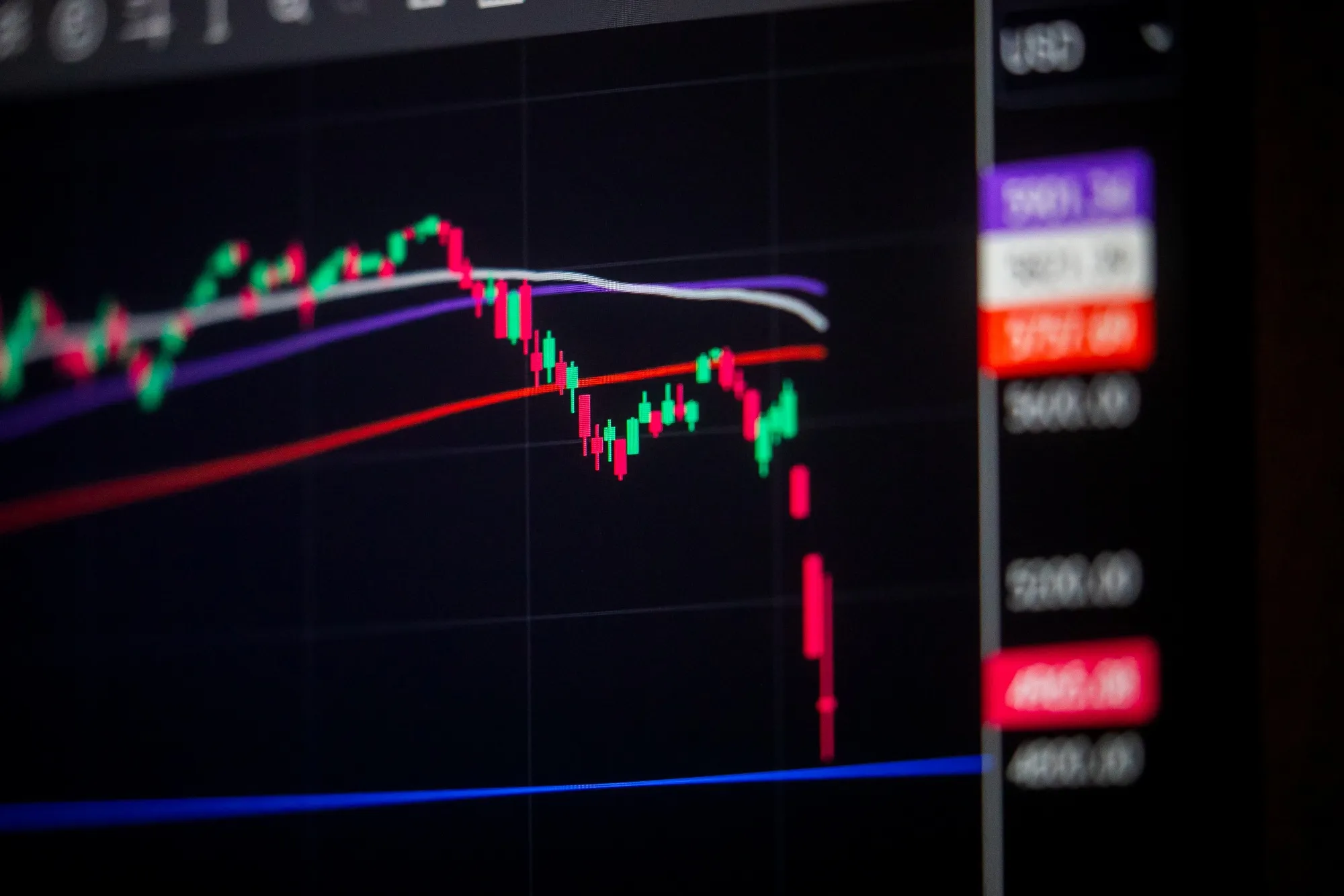
We are approaching what may be one of the most dangerous turning points for the financial markets in recent years. Based on our current analysis of macroeconomic data, historical cycles, and underlying market dynamics, we believe that a major correction—or even a full-scale market collapse—could unfold as we approach September 2025.
The Fed’s Tightrope: High Interest Rates Taking Their Toll
For nearly two years, the Federal Reserve has maintained one of the most aggressive interest rate stances since the early 1980s. While initially necessary to fight surging inflation, these high rates are now beginning to inflict deeper structural damage to the U.S. economy. Every rate hike takes time to fully filter through the financial system, but we are now witnessing the cumulative impact manifesting across multiple sectors.
The market has been hovering near its all-time highs (ATH), but without conviction. Every attempt to break out to new highs lacks follow-through, suggesting that market participants are growing increasingly cautious. Liquidity remains thin, and risk appetite is fading as many traders and institutions sense the growing fragility beneath the surface.
Margins Squeezed, Inventories Drying Up
Corporate profit margins are narrowing as businesses face higher borrowing costs, rising input prices, and a weakening consumer base. Inventory levels are being reduced not because of surging demand but out of caution and cost management. Many sectors, especially retail and manufacturing, are drawing down inventory to conserve cash amid uncertain forward demand.
Temporary Relief: The China Factor
There is a possibility of short-term positive news in the form of a renewed U.S.-China trade or investment agreement, which could briefly boost market sentiment and buy time. Any such deal would serve as a tactical maneuver to keep investors engaged and delay the inevitable correction. We anticipate that any China-related headlines in the coming months may offer temporary relief rallies, but the underlying macroeconomic headwinds will remain unresolved.
Why the Fed Hasn’t Cut Yet
Our analysis indicates that the Federal Reserve should have already begun easing rates to prevent excessive tightening effects from compounding. However, two primary factors are holding the Fed back:
Sticky Inflation: The Consumer Price Index (CPI) has not been easing at the pace the Fed anticipated. Part of this stickiness is due to global geopolitical instability, including ongoing wars and trade disruptions, which are keeping energy and commodity prices elevated.
Geopolitical Financial Concerns: Any rate cut would ease global dollar liquidity, potentially strengthening adversarial nations economically. For example, looser U.S. monetary policy could indirectly fuel capital flows to countries like Russia or others engaged in anti-Western economic blocs, giving them additional financial resources amid ongoing geopolitical tensions.
The Looming Collapse and Dangerous Fed Strategy
We believe the Federal Reserve may continue holding rates high even after a significant market correction begins, largely because of political, inflationary, and geopolitical considerations. This is an extremely dangerous policy path that could lead to a systemic breakdown reminiscent of the 1929 Great Depression crash.
The modern financial system is far more interconnected, leveraged, and complex than it was in 1929. Derivatives markets, shadow banking, and massive sovereign and corporate debts create conditions where small shocks can propagate rapidly. A sharp equity market sell-off combined with tight credit conditions could trigger cascading defaults, liquidity crises, and a severe global recession.
Micro-Management of a Fragile System
At present, policymakers are essentially micro-managing the system—injecting liquidity where necessary, offering selective bailouts, and using regulatory adjustments to prevent localized failures from spreading. This approach may work temporarily but is inherently unsustainable. The longer the system is artificially stabilized, the more severe the eventual correction is likely to be.
Conclusion
Unless there is a major and timely policy pivot—which appears increasingly unlikely—the U.S. and global markets may be heading straight into a financial storm by September 2025. This is not a prediction rooted in fearmongering but rather a sober assessment of the unsustainable dynamics currently in place.
Investors, businesses, and policymakers should be preparing contingency plans for heightened volatility, potential liquidity freezes, and significant asset repricing. The window to act prudently is narrowing.






